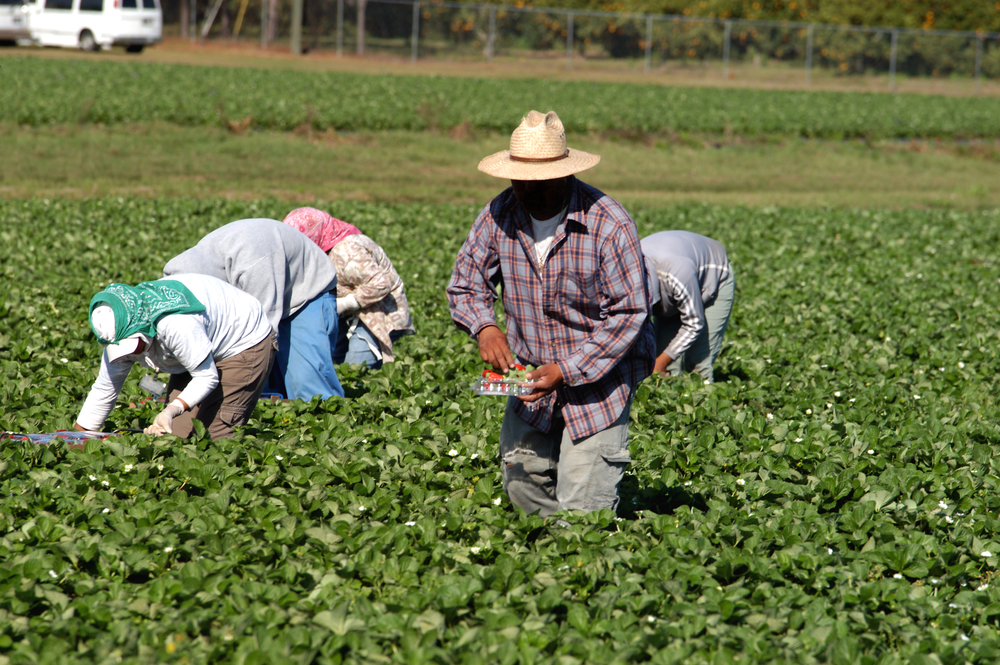
By Clint Thompson
With the domestic workforce almost non-existent, Southeast vegetable and specialty crop producers rely on the H-2A program now more than ever. Data from the U.S. Department of Agriculture Economic Research Service outlines the growth the program has made over the past decade.
Certified H-2A positions increased substantially from 2010 to 2019. The number more than tripled from 79,000 to 258,000. The total number of certified positions by the Department of Labor increased every year since 2011 at an annual rate of 16.4%. Finally, in 2019 did the rate slow to 6%.
The main users of the H-2A program remain vegetable and melon growers and producers of fruit and tree nuts. Those sectors account for 67% of the certified positions. The vegetables and melons sector, which include tomatoes, lettuce, sweet potatoes, cucumbers, onions and peppers, account for 34%. The fruit and tree nuts sector, which include apples, blueberries, strawberries, citrus, cherries and peaches, account for 33%.
The average H-2A labor contract decreased to 5.3 months, a 20% decline. In 2019, employment was highest in the states that are heavy in fruit, vegetable and melon production, which was led by Florida and Georgia.
Florida’s top crop for H-2A workers in 2019 was citrus at 22%. Georgia’s top crop was blueberries at 24%.
The H-2A program allows U.S. employers to hire foreign workers to perform temporary farm-based jobs.
Click here for full report.









